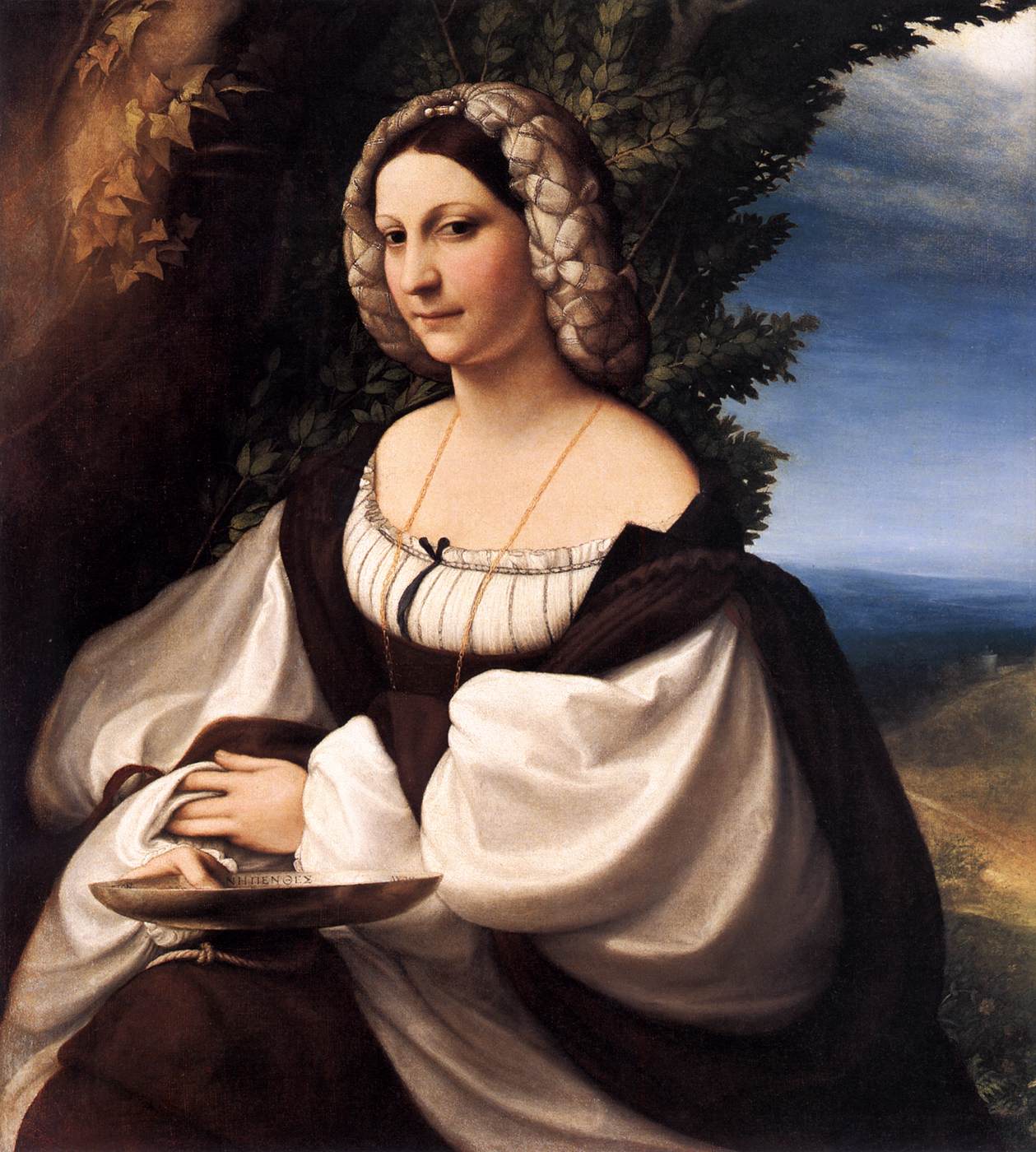Description
The painting Portrait of a Gentlewoman by the Italian artist Correggio is a masterpiece of Renaissance painting. The work was created in the 16th century and is currently in the collection of the Louvre Museum in Paris.
One of the most interesting aspects of this painting is its artistic style. Correggio was one of the main representatives of Mannerism, an artistic movement that was characterized by experimentation with perspective and anatomy, as well as by the exaggeration of forms and gestures.
In terms of composition, Portrait of a Gentlewoman presents a woman seated on a sofa, wearing a silk dress and a fur cape. The figure is illuminated by a soft light that highlights its facial features and the shine of its clothing. The woman looks directly at the viewer with a serene and confident expression, suggesting that she is a person of great importance and status.
In terms of color, Correggio used a palette of soft and delicate tones, with a predominance of pastel tones and warm tones. The color combination creates an atmosphere of elegance and sophistication that reflects the character of the woman portrayed.
The history of the painting is also very interesting. Portrait of a Gentlewoman is believed to have been commissioned by the Este de Ferrara family, one of the most important in Italy at the time. The woman portrayed could be the wife of one of the family members, or even the Duchess of Ferrara herself.
As for the little-known aspects, it has been speculated that Correggio may have used his wife as a model for this work. In addition, it has been suggested that the sofa on which the woman is sitting is the same one that appears in another work by the artist, La Madonna della Scodella.
In conclusion, Portrait of a Gentlewoman is a fascinating work of art that combines Correggio's technical mastery with great sensitivity to the human figure. Its artistic style, composition, color and history make this painting one of the most outstanding of the Italian Renaissance.

